Home » Laboratory Reactor: Guide to Stirring System
Laboratory Reactor: Guide to Stirring System
lab reactor
The laboratory reactor is composed of a pot body, a pot cover, an agitator, a jacket, a support and transmission device, a shaft seal device, etc. (it can be equipped with an insulation structure according to the process requirements). It is manufactured according to the material production requirements and the needs of the user to determine the pressure, temperature, material, type of agitator, speed, sealing structure, heating method, etc.
Details of Lab Reactor
- Using the latest reaction technology
- It has high temperature resistance, corrosion resistance, and high durability.
- Heating methods include steam, electric heater, high temperature heat transfer oil
- Using jacket, half pipe, fan coil, and other structures
Application: Chemicals, pharmaceuticals, dyes, pesticides, petroleum, food additives, etc.
The Laboratory reactor is a reaction vessel provided for the synthesis of chemical substances under certain temperature and pressure conditions. It is widely used in scientific research experiments in the fields of new materials, energy, environmental engineering, etc., and is most common in scientific research in university teaching and scientific research units.
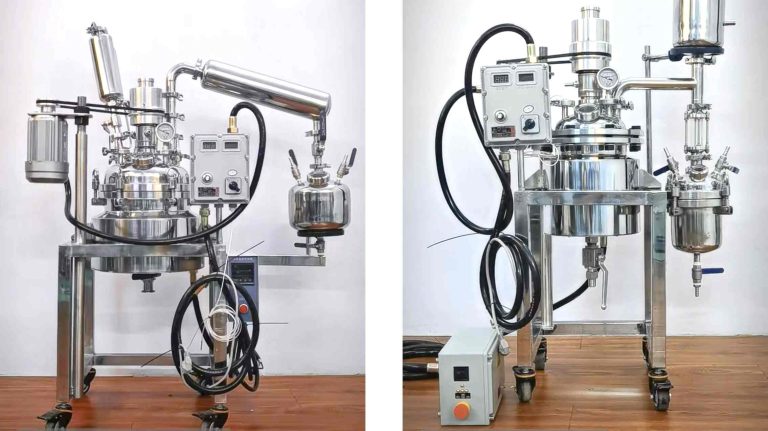
Stirring system of laboratory reactor
1. Agitator: The stirring system is mainly composed of an agitator and a control system. Generally, laboratory reactor manufacturers will provide two types of stirring paddles, such as mechanical (such as stirring paddles, stirring blades, etc.) or magnetic. The mechanical agitator rotates through a motor or manual operation, while the magnetic agitator uses the effect of an external magnetic field to rotate the agitator in the pressure vessel. In addition, there are many other stirring systems for laboratory reactors, such as ultrasonic stirring, rotary stirring, etc.
2. Stirring blade design: The design of the stirring bar can affect the stirring effect and reaction rate. Usually, the stirrer is designed with blades or paddles of different shapes and sizes to achieve different degrees of liquid stirring and gas suspension. Users can choose different paddles according to their material reaction requirements.
3. Speed control: The stirring system is usually equipped with a speed control device, which can adjust the speed of the stirrer as needed. Higher speeds may lead to better mixing effects, but may also increase energy consumption and turbulence in the reactor, so it needs to be adjusted according to specific reaction requirements.
4. Power transmission: The power of the stirrer usually comes from the rotation of a motor or an external stirrer (such as a magnetic stirrer). The motor is usually connected to the stirrer through a shaft, while the magnetic stirrer transmits power through the action of an external magnetic field.
5. Reaction liquid mixing: The stirrer promotes contact between reactants and increases the reaction rate by mixing the various components in the reaction liquid. This is especially important for experiments that require rapid reaction or uniform mixing.
6. Stirrer position: The position of the stirrer is also one of the factors that need to be considered. Usually, the stirrer is placed near the center of the reaction liquid to ensure the best mixing effect and stirring performance.
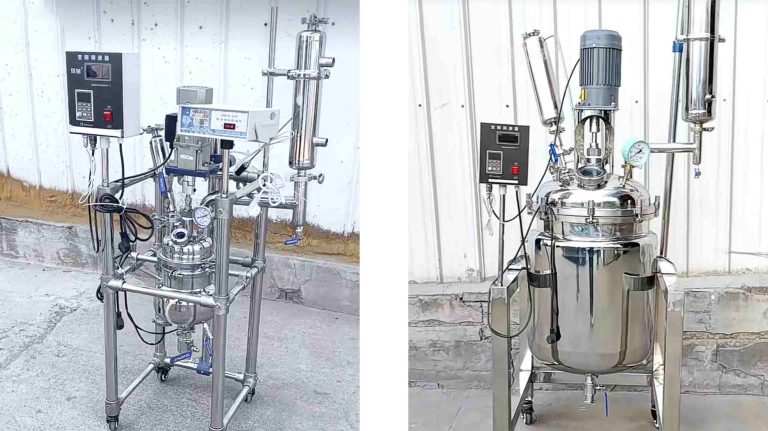
Common stirring methods for laboratory reactors
1. Mechanical stirring: Mechanical stirring is one of the most common stirring methods, usually using a motor-driven stirring paddle or stirrer for stirring. The stirrer can be designed with blades or paddles of different shapes and sizes, and the reaction liquid is stirred and mixed by rotation.
2. Magnetic stirring: Magnetic stirring is a contactless stirring method. By placing a magnetic stirring bar at the bottom of the reactor and a magnetic stirring bar in the reaction liquid, the stirring bar is rotated by the action of an external magnetic field, thereby stirring and mixing the reaction liquid.
3. Ultrasonic stirring: Ultrasonic stirring uses the mechanical vibration effect of ultrasound to stir and mix the reaction liquid. By introducing ultrasound into the reactor, the reactants can be effectively broken and dispersed, and the reaction rate can be accelerated.
4. Rotary stirring: In some experiments that require heating and stirring the reaction liquid at the same time, rotary stirring can be used. Usually, the reaction liquid is stirred and mixed by rotating the entire reactor. This method is often used in high-temperature reactions or special reaction conditions.
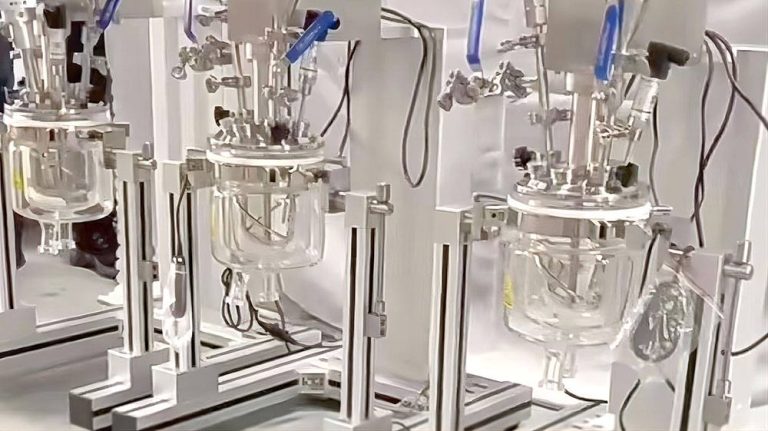
Knowledge of laboratory reactor electric stirring accessories
1. Agitator selection: When selecting an agitator, it is necessary to select it according to the properties of the reaction liquid and the stirring requirements. Agitators of different shapes and sizes are suitable for different types of reactions. For example, a high-power agitator can be selected for viscous liquids, while agitators of different shapes can be selected for reactions that easily suspend solid particles.
2. Reaction vessel selection: The shape and size of the reaction vessel will also affect the effect of electric stirring. Generally, choosing a reaction vessel with a larger diameter and a wider bottom can improve the stirring efficiency and reduce the impact of the agitator on the reaction liquid.
3. Stirring speed adjustment: According to the viscosity and requirements of the reaction liquid, the speed of the agitator can be adjusted to control the stirring effect. Generally, a higher speed can improve the stirring efficiency, but it may also increase power consumption and mechanical loss.
4. Motor power: It is also very important to choose a motor with appropriate power. Too low power may not meet the stirring requirements of the reaction, and too high power may cause energy waste and mechanical loss.
5. Operation stability: When operating an electric agitator, pay attention to maintaining a stable operating state, and avoid frequent start and stop or sharp changes in speed, so as not to adversely affect the motor and agitator.
6. Cleaning and maintenance: Regular cleaning and maintenance of the agitator and motor are the keys to ensuring their long-term stable operation. Cleaning the reaction vessel and agitator and replacing worn parts in time can extend the service life of the equipment and ensure the accuracy of the experimental results.
Precautions during the electric stirring of the laboratory reactor
1. Agitator installation: When installing the agitator, make sure that the agitator is correctly installed on the stirring shaft of the reactor and ensure that it is firmly fixed to avoid falling off or loosening.
2. Speed selection: Select the appropriate stirring speed according to the experimental requirements and reaction properties. Too high a speed may cause the reaction to splash or damage the agitator, while too low a speed may affect the reaction efficiency.
3. Avoid no-load operation: Before starting the electric agitator, make sure that the agitator has been placed in the reaction solution and avoid no-load operation to avoid damaging the agitator or motor.
4. Stability check: Before starting the agitator, check whether the agitator is stable and if there is no abnormal vibration or noise. If any abnormality is found, stop the agitator immediately and check the cause.
5. Avoid overloading: Do not fill the reactor with too much reaction liquid to avoid overloading the agitator, causing excessive load, overheating, or damage to the motor.
6. Regular inspection: Regularly check the status of the agitator and motor to ensure that they are working properly. In particular, check the bearings and sealing parts of the agitator to ensure that there is no wear or leakage.
7. Avoid leakage: The connection between the reactor and the agitator shaft should be kept sealed to avoid leakage. If liquid leakage is found, the agitator should be stopped immediately and the seal should be checked for damage.
8. Safe operation: During operation, be careful to avoid contact with the agitator or reaction liquid with your hands to avoid accidental injury. During operation, comply with laboratory safety regulations and take personal protective measures.
Welcome to send inquiry to us and let’s make a win win business together !
Guidelines For Chemical Reactor
FRANLI has several complete Chemical reactor production lines. Our Chemical reactor adopts the latest infinitely variable speed reducer device, the sealing device can be a mechanical seal, and the heating and cooling can adopt the structure of a jacket, half pipe, fan coil, etc., The heating methods include steam, electric heater, and high-temperature heat transfer oil to achieve different safe processing environments such as acid resistance, heat resistance, wear resistance, and corrosion resistance.
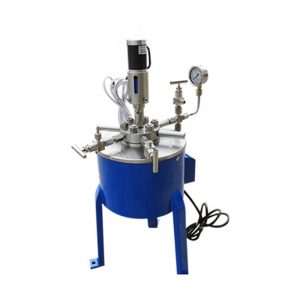
Laboratory Reactor: Guide to Stirring System
The laboratory reactor is composed of a pot body, a pot cover, an agitator, a jacket, a support and transmission device, a shaft seal device, etc.

Overview of Laboratory Reactor
Laboratory reactors, also known as lab reactors, are essential tools in scientific research, product development, and process optimization. These reactors provide a controlled environment for conducting chemical reactions, mixing, dispersing, and homogenizing processes.
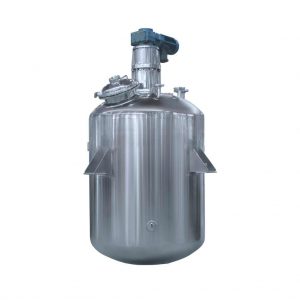
What is A Stainless Steel Reactor?
Stainless steel reactors are essential equipment in various industries, including chemical, pharmaceutical, biotechnology, and food processing.
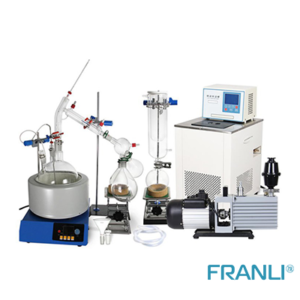
Glass Reactor & Chemical Equipment
Glass reactors are essential equipment widely used in the chemical, pharmaceutical, and biotechnology industries. They come in various types, suitable for different applications.

Operating Guide for Laboratory Reactors
Laboratory reactors play a crucial role in chemical research and development. Understanding the proper operating procedures is essential to ensure accurate results and maintain a safe working environment.

Glass Reactors and Selection of Stirring Blades
Glass reactors, also referred to as glass reaction vessels, are vessels made from high-quality borosilicate glass material.

